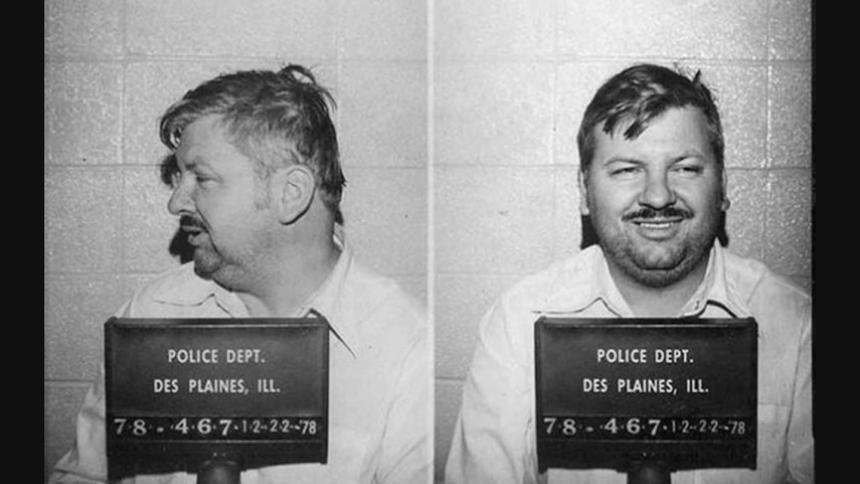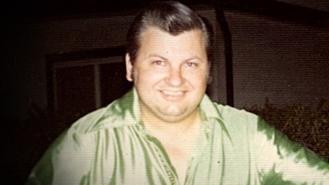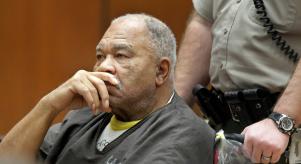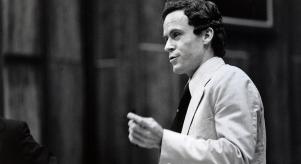
John Wayne Gacy and his unquenchable lust for death
How does a serial killer become a serial killer? This fundamental question in criminology is explored in Making a Monster, which brings together leading experts to analyse the macabre motivations that have led men and women to commit unthinkable crimes.
Among the subjects is John Wayne Gacy, who ranks alongside the likes of Ted Bundy and Jeffrey Dahmer as a much-mythologised American bogeyman. Like Bundy, Gacy was no social misfit or creepy loner. He had a gregarious and outgoing personality, active in politics, successful in business, living his version of the American dream. Yet there was a nightmarish flipside, the other Gacy who preyed on teenage boys and young men, torturing, raping and killing with brazen abandon. As forensic psychologist Dr Adrian Needs puts it, Gacy is a ‘classic example of compartmentalisation… cultivating a respectable public persona while totally relegating his deviant behaviour.’
How was this kind of Jekyll and Hyde personality forged? His childhood was certainly dotted with red flags relating to his violent and abusive father. Beatings were a fact of life for the young Gacy, and he was once struck completely unconscious by a broomstick handle. Perhaps most significantly, he was sneeringly dubbed a ‘sissy’ and a ‘queer’ by his father, which perhaps cemented an inner shame and raging self-contempt over his own secret sexuality.
It’s certainly clear Gacy was sexually troubled from his early years – while working as a mortuary attendant, the young Gacy couldn’t resist stepping into the coffin to embrace a dead teenage boy, appalling himself even as he did it. Despite the darker urges he clearly nursed, Gacy kept up appearances by marrying, having kids and becoming the ‘perfect’ family man.
It wasn’t to last. Gacy’s domestic set-up fell apart when he was convicted sexually assaulting a 15-year-old boy. His wife departed with their kids, while a psychiatric evaluation concluded he had antisocial personality disorder, and that he was likely to commit further terrible transgressions. Yet Gacy would only serve 18 months of his 10 year sentence – true to Jekyll and Hyde form, he was perfect prisoner, working in the prison kitchen and spearheading projects including the creation of a crazy golf course in the yard.
Gacy emerged from prison unruffled and ready to start his life again, which he promptly did. He started a construction firm which took on large design and landscaping projects, and he became something of a social butterfly. An active member of the Democratic Party, he was even photographed with then First Lady Rosalynn Carter in 1978. He also developed an alter-ego, Pogo the Clown, performing for hospitalised children and at fund-raising events. Photos of Gacy in heavy clown make up, with a giant, red, pointy-ended smile, would help enshrine him as one of America’s eeriest killers after his crimes became known.
Those crimes were driven by Gacy’s unquenchable lust, although he claimed the very first killing was in self-defence. After picking up a teenage boy at a bus stop and bringing him home, Gacy allegedly woke up to see the boy standing in his bedroom, knife in hand. Leaping up in fear, Gacy turned the knife on the boy and killed him, only realising afterwards that his victim had actually just been carving bacon for breakfast. Far from feeling remorse, Gacy actually felt orgasmic pleasure over the murder, later noting ‘That’s when I realised that death was the ultimate thrill.’
Chasing that thrill would lead Gacy to prey on dozens of boys, often getting them drunk and tricking them into donning handcuffs, after which he’d sexually torture and kill them. Through it all, he maintained the impeccable illusion of being a respectable businessman. He was, after all, a genuine success, a fact that sets him apart from the similarly charming Ted Bundy, who was in fact a bitter failure who never established a stable career or life for himself.






